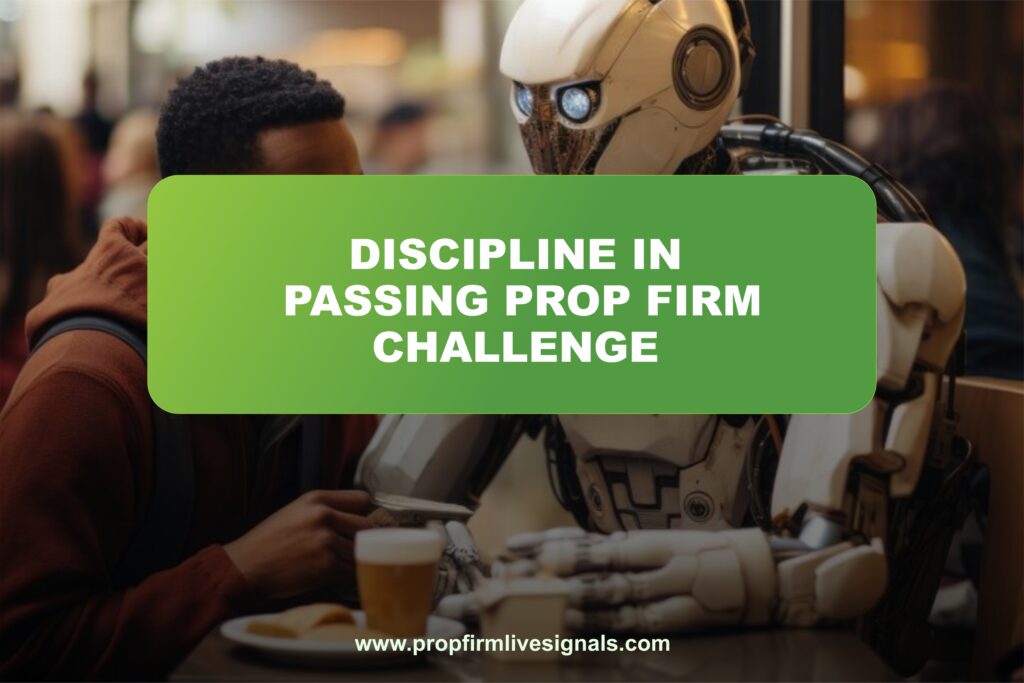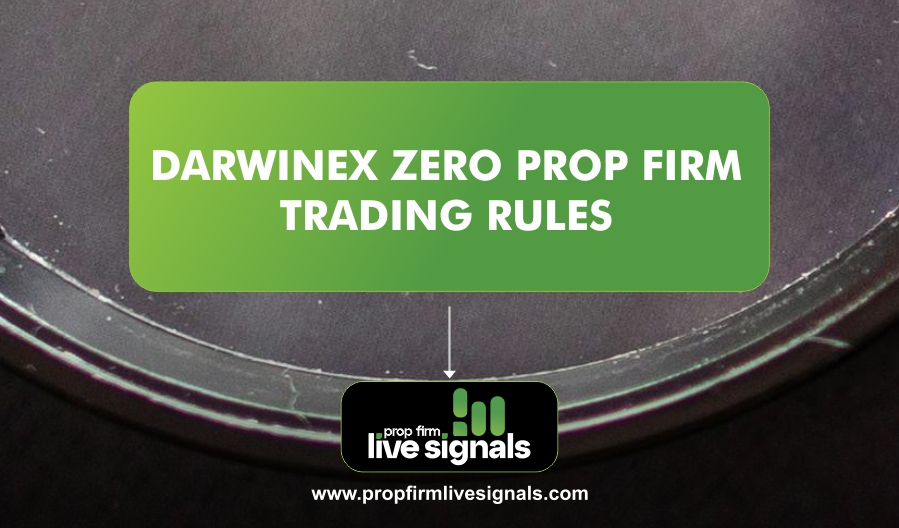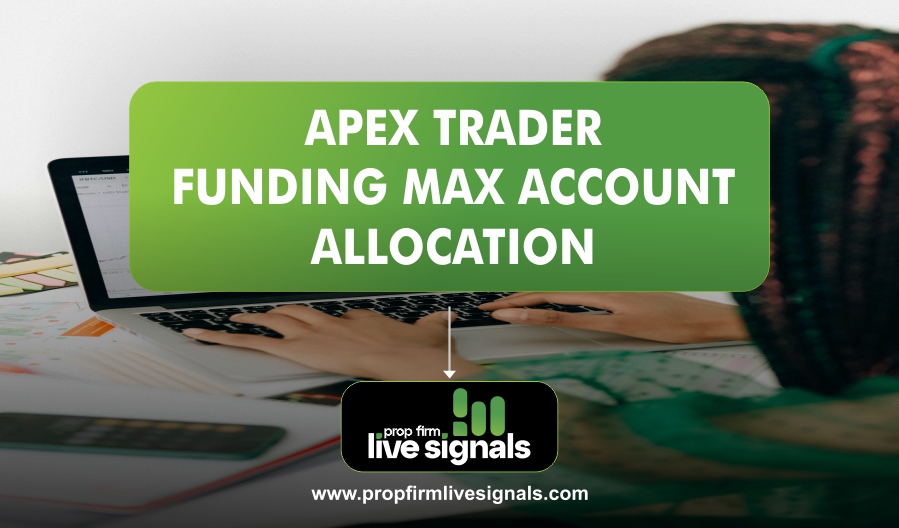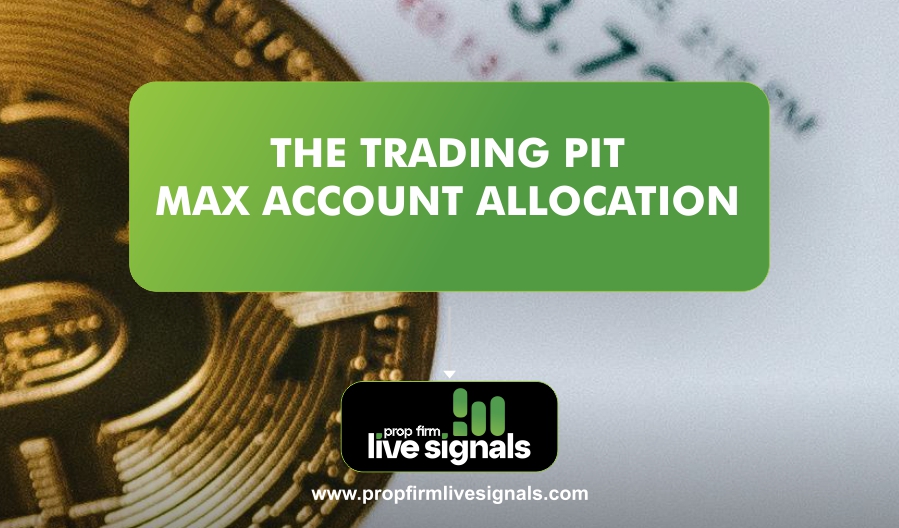The emergence of trading bots, also known as automated trading systems, has changed the trading environment in recent years, especially for proprietary trading firms (prop firms).
These companies give traders the chance to trade using their funds, but they frequently demand that applicants complete a test that evaluates their aptitude for risk management and trading.
This article will discuss ways on how you can pass a prop firm challenge with a robot, it will discuss how to navigate this robot to successfully pass a prop firm challenge.
Understanding Prop Firm Challenges
Understanding what prop company challenges are is crucial before getting into the mechanics of deploying a robot. Prop businesses give traders money to trade on their behalf, but before traders can get this money, they have requirements that must be fulfilled. These common requirements consist of:
- Profit Targets: Within a given time frame, traders must reach a predetermined profit percentage.
- Drawdown Limits: In order to control risk, businesses frequently establish the highest permitted drawdowns.
- Trading Style Restrictions: Some companies could forbid the usage of specific tools or tactics.
Role of Trading Robots
Trading robots use preset algorithms and strategies to automate the purchasing and selling of assets. Without human assistance, they are able to conduct trades, evaluate market data, and control risk.
In order to achieve the strict standards of prop firm difficulties, traders must be able to retain discipline and stick to their strategy, which is made possible by automation.
Benefits of Using Trading Robots
Computer systems known as “trading robots” analyze market data and execute transactions automatically without the need for human participation. They are intended to make trading easier on the benefits listed below.
- Consistency: By following preprogrammed rules, robots can perform deals consistently, doing away with human emotion.
- Speed: Compared to human traders, automated systems are able to respond to market developments more quickly.
- Backtesting Features: Before implementing their tactics in real-time markets, traders can test them against historical data.
- Risk management: Strict risk management procedures, like stop-loss orders, can be built into robots.
- Trading Without Emotion:ensures consistent decision-making based only on the preprogrammed strategy by eliminating human emotional biases like fear and greed.
- Reduces Human Inaccuracy: lessens the possibility of errors brought on by weariness, tension, or poor calculations, which frequently happen in manual trading.
Guild on how to pass a prop firm challenge using a trading bot
Trading bots have become one of the most popular tools assisting traders in implementing their strategies, particularly when working through challenging prop firms.
These challenges require reaching a certain amount of profit within strict risk management rules. Appropriately selected and fine tuned trading bot each of these will significantly simplify the process and guarantee success. The following is a step-by-step guide on how to use a trading bot to pass a prop firm challenge.
1. Research
The key to passing any prop firm challenge is down to extensive research. The process begins with having an idea of specific rules and requirements of the prop firm. Every challenge has its unique guidelines on profit targets, daily drawdown limits, overall risk parameters, and trading time restrictions.
Read the Terms & Conditions provided by the firm, no matter how long and detailed they may seem. Being unaware of even a single clause can get you disqualified. For example, some firms might not allow the use of certain trading techniques, or it may be mandatory to use certain financial instruments. Knowing all the details about the challenge will help you prepare for it.
2. Choose Your Bot
Selecting the right trading bot is crucial. Essentially, different platforms have bots meant for different requirements of trading that include MetaTrader 4, MetaTrader 5, and TradingView, including some bots for cryptocurrency exchange. Here’s how to make the best choice:
- Features: Assess the capabilities of different bots, such as supported assets, trading strategies, and timeframes.
- Read Reviews: Look into trading forums and communities to see what users are saying about bots. Take a note of bots with good reviews and proven reliability.
- Match to Challenge Criteria: Make sure the bot supports the type of financial instruments and trading styles required for your challenge. For example, if the challenge is forex-related, avoid bots specialized in stocks or crypto in the first place.
- Analyze Pricing: Select a bot that fits your budget, but prioritize quality and compatibility over any cost savings.
- Security and Transparency: Go with bots provided by trusted developers that would provide better documentation and customer support.
3. Strategy
After choosing your bot, you’ll have to design a compatible and profitable strategy. The strategy has to fit within the rules of the challenge, paying attention to risk management with a focus on consistent profits. Components of a good strategy may include:
- Entry and Exit Points: Establish the timing at which your bot opens or closes trading based on a technical indicator pattern or price level.
- Risk Management: Establish stop-loss and take-profit parameters to limit losses and lock in profits.
- Adaptability: Consider market conditions and strategy performance across a range of volatility states.
- Consistency: Prop firms appreciate consistent returns rather than highly variable, high-risk profits. It is also important to avoid highly aggressive, high-leverage approaches that can lead to highly variable results and significant drawdowns.
Your strategy should not only be profitable but also strictly adhere to the firm’s risk and trading guidelines.
4. Backtesting
Backtesting means using historical market data to see whether your strategy will work in real life. Simulate trades with historic data to see how well your bot would have done in the past.
- Identify Weaknesses: Backtesting offers insight into your strategy’s flaws or inconsistencies so that you can refine it before actual trading.
- Performance Measurement: You should measure some key metrics like win rate, profit factor, and drawdown levels in order to see if this strategy performs well.
- Optimization of Parameters: Tweak the settings related to risk and entry criteria to get better results.
Keep in mind that backtesting is only as good as the data and conditions used. Use reputable data sources and make sure that the test period also maps to a wide range of market scenarios.
5. Paper Trading
Before using your bot with real money, simulate a trading environment with a demo account. This so-called “paper trading” allows you to:
- Test the bot’s performance in real-time under live market conditions.
- Identify unforeseen bugs/behavior
- Market volatility, sudden price changes are critical events to test your bot.
Paper trading is one of the low-risk methods to fine tune your bot and have confidence that it is able to meet the requirements of the challenge.
6. Optimize
Optimization will involve fine tuning the bot and strategy in view of backtesting and paper trading performances. Analyzing the results for further improvement may involve the following:
- Parameter Tweaks: Risk-reward ratios, trading frequency, or lot sizes are changed for better performance.
- Drawdown Reduction: The focus here is on reducing the losses through enhancement of risk controls.
- Strategy Optimizations: Refine entry and exit rules toward better profitability and closer-to-reality market fit.
Continual optimization will keep your bot effective and competitive.
7. Monitor
Once your bot is ready, begin trading with a live demo account to observe its behavior in real market conditions. Monitoring is essential to ensure the bot performs as expected and adapts to changing market dynamics.
Keep an eye on:
- Trade Execution: Ensure the bot follows the rules and parameters you’ve set.
- Market Changes: Change the strategy as per new trends or new levels of volatility.
- Performance Metrics: Profit, loss, and risk levels should be measured routinely against your targets.
By monitoring, you are able to spot any bugs and errors, thus helping you to rectify them prior to real-time live trading with actual money.
8. Risk Management
Risk management is an indispensable part of passing any prop firm challenge. It would be very important for firms to ensure that the traders maintain discipline in taking risks. In that respect, your bot must:
- Set tight stop-loss and take-profit orders.
- Keep daily losses within the limits of the firm’s requirements.
- Refrain from over-leveraging or over-trading.
By keeping the risk in check, you stand a better chance of passing through the challenge and winning the funding.
9. Assess
The markets evolve day in and day out, and any successful bot has to keep pace. From time to time, assess your bot’s performance and work out more tweaks on:
- Fresh market conditions, for example, high volatility or trend changes.
- Bug elimination or inefficiencies in the rationale behind the bot.
- Refine the strategy to ensure continued profitability.
Continuous evaluation ensures your bot remains competitive and aligned with the prop firm’s standards.
10. Information
Stay informed about market trends, economic news, and factors affecting your chosen assets. Regular learning helps you:
- Anticipate market changes and adjust your strategy accordingly.
- Improve your bot’s performance by incorporating new insights.
- It helps you remain competitive within a highly dynamic trading environment.
Want to take your trading to the next level?
Take advantage of our LiveSignals, your go to resource for dependable, real-time trading signals, you can eliminate uncertainty from trading.
Propfirmlivesignals is the answer to your constant success in the markets!
You will always be on top of your game with expert analysis and real-time updates. Never let this chance slip away to supercharge your trading journey.
More Info Click here.
Frequently Asked Questions (FAQs)
What should I look for when selecting a trading robot?
When selecting a trading robot, consider the following factors:
- Compatibility with the prop firm’s rules.
- Historical performance and backtesting results.
- Customization options to align with your trading style.
- User reviews and community feedback.
How do I set up my trading robot for a prop firm challenge?
To set up your trading robot:
- Define your trading strategy (e.g., scalping, trend following).
- Configure risk management parameters (e.g., stop-loss, take-profit levels).
- Backtest your strategy using historical data.
- Use a demo account to paper trade and refine your settings before going live.
What are some common strategies used by trading robots?
Common strategies employed by trading robots include:
- Scalping: Making small profits from frequent trades.
- Trend Following: Capitalizing on established market trends.
- Mean Reversion: Betting that prices will revert to their historical averages.
- Arbitrage: Exploiting price differences between markets or instruments.
How crucial is risk management when using a trading robot?
- The use of the trading robot is very important in terms of risk management, which helps protect your capital against huge losses. Some of the essential practices are placing appropriate stop-loss orders, take-profit levels, adjustment of the lot sizes considering your account balance.
After I deploy my trading robot, can I still modify it?
- It is possible to make changes in your trading robot after deployment. However, modifications will be done based on close monitoring of the performance of your robot. Changes may be required depending on prevailing market conditions or when the robot fails to meet set performance targets.
How regularly should I monitor my trading robot’s performance?
- You shall regularly check on the performance of your trading robot, either daily or weekly, depending on your trading style and the volatility of the markets where you participate. Check the important metrics: the profitability, the level of drawdown, and the trade frequency.
Is it possible to pass a prop firm challenge without using a robot?
- Yes, it is possible to pass a prop firm challenge without using a robot; many traders succeed through manual trading techniques. However, using a robot can enhance consistency and reduce emotional decision-making.
What do I do if I fail my prop firm challenge?
When you fail your prop firm challenge:
- You should analyze what happened by reviewing your trades and strategy.
- Seek feedback from other experienced traders or a mentor.
- Consider adjusting your strategy or approach to risk management before trying again.
- Practice more either in demo accounts or paper trading until you feel confident in passing the challenge.




